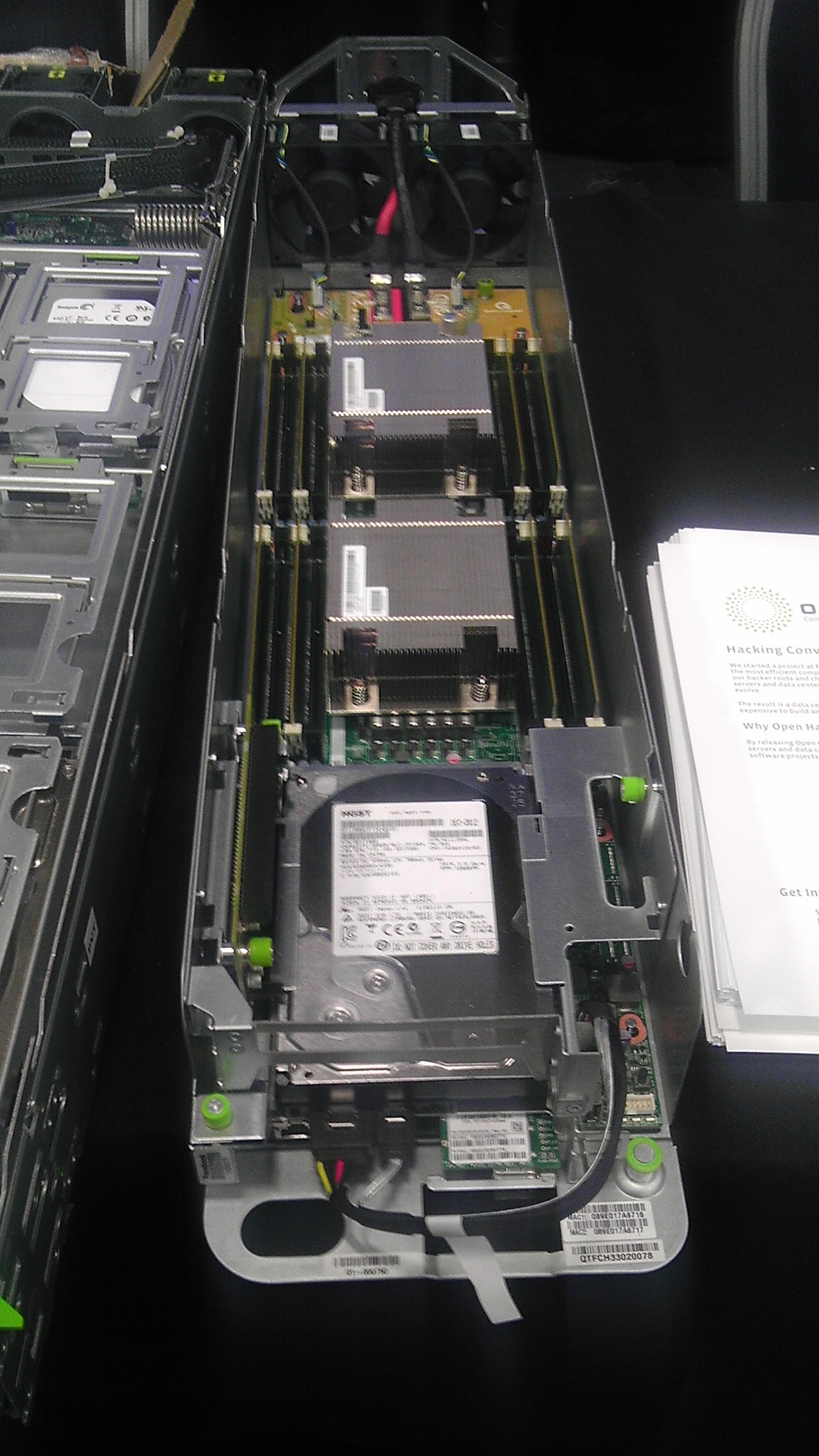|
List Of Open Source Hardware Projects
This is a list of open-source hardware projects, including computer systems and components, cameras, radio, telephony, science education, machines and tools, robotics, renewable energy, home automation, medical and biotech, automotive, prototyping, test equipment, and musical instruments. Communications Amateur radio * Homebrew D-STAR Radio * HackRF_One Audio electronics * Monome 40h – reconfigurable grid of 64 backlit buttons, used via USB; a limited batch of 500 was produced; all design process, specifications, firmware, and PCB schematics are available online * Neuros Digital Audio Computer – portable digital audio player * Arduinome * MIDIbox – modular DIY hardware–software platform for MIDI devices including controllers, synthesizers, sequencers Telephony * Openmoko – phone framework (first use case: First International Computer (FIC) Neo FreeRunner, released as of mid-2008 * OpenBTS and OsmoBTS – software-based GSM base stations * Project Ara – modular ... [...More Info...] [...Related Items...] OR: [Wikipedia] [Google] [Baidu] |
Open-source Hardware
Open-source hardware (OSH) consists of physical artifacts of technology designed and offered by the open-design movement. Both free and open-source software (FOSS) and open-source hardware are created by this open-source culture movement and apply a like concept to a variety of components. It is sometimes, thus, referred to as FOSH (free and open-source hardware). The term usually means that information about the hardware is easily discerned so that others can make it – coupling it closely to the maker movement. Hardware design (i.e. mechanical drawings, schematics, bills of material, PCB layout data, HDL source code and integrated circuit layout data), in addition to the software that drives the hardware, are all released under free/ libre terms. The original sharer gains feedback and potentially improvements on the design from the FOSH community. There is now significant evidence that such sharing can drive a high return on investment for the scientific community. It i ... [...More Info...] [...Related Items...] OR: [Wikipedia] [Google] [Baidu] |
Open Compute Project
The Open Compute Project (OCP) is an organization that shares designs of data center products and best practices among companies, including ARM, Meta, IBM, Wiwynn, Intel, Nokia, Google, Microsoft, Seagate Technology, Dell, Rackspace, Hewlett Packard Enterprise, NVIDIA, Cisco, Goldman Sachs, Fidelity, Lenovo and Alibaba Group. Project structure The Open Compute Project Foundation is a 501(c)(6) non-profit incorporated in the state of Delaware. Rocky Bullock serves as the Foundation's CEO and has a seat on the board of directors. As of July 2020, there are 7 members who serve on the board of directors which is made up of one individual member and six organizational members. Mark Roenigk (Facebook) is the Foundation's president and chairman. Andy Bechtolsheim is the individual member. In addition to Mark Roenigk who represents Facebook, other organizations on the Open Compute board of directors include Intel (Rebecca Weekly), Microsoft (Kushagra Vaid), Google (Partha ... [...More Info...] [...Related Items...] OR: [Wikipedia] [Google] [Baidu] |
Sun SPOT
Sunspots are phenomena on the Sun's photosphere that appear as temporary spots that are darker than the surrounding areas. They are regions of reduced surface temperature caused by concentrations of magnetic flux that inhibit convection. Sunspots appear within active regions, usually in pairs of opposite magnetic polarity. Their number varies according to the approximately 11-year solar cycle. Individual sunspots or groups of sunspots may last anywhere from a few days to a few months, but eventually decay. Sunspots expand and contract as they move across the surface of the Sun, with diameters ranging from to . Larger sunspots can be visible from Earth without the aid of a telescope. They may travel at relative speeds, or proper motions, of a few hundred meters per second when they first emerge. Indicating intense magnetic activity, sunspots accompany other active region phenomena such as coronal loops, prominences, and reconnection events. Most solar flares and coronal ... [...More Info...] [...Related Items...] OR: [Wikipedia] [Google] [Baidu] |
Internet Of Things
The Internet of things (IoT) describes physical objects (or groups of such objects) with sensors, processing ability, software and other technologies that connect and exchange data with other devices and systems over the Internet or other communications networks. Internet of things has been considered a misnomer because devices do not need to be connected to the public internet, they only need to be connected to a network and be individually addressable. The field has evolved due to the convergence of multiple technologies, including ubiquitous computing, commodity sensors, increasingly powerful embedded systems, as well as machine learning.Hu, J.; Niu, H.; Carrasco, J.; Lennox, B.; Arvin, F.,Fault-tolerant cooperative navigation of networked UAV swarms for forest fire monitoring Aerospace Science and Technology, 2022. Traditional fields of embedded systems, wireless sensor networks, control systems, automation (including home and building automation), independently ... [...More Info...] [...Related Items...] OR: [Wikipedia] [Google] [Baidu] |
Smart Transducer
A smart transducer is an analog or digital transducer, actuator or sensor combined with a processing unit and a communication interface. As sensors and actuators become more complex they provide support for various modes of operation and interfacing. Some applications require additionally fault-tolerance and distributed computing. Such high-level functionality can be achieved by adding an embedded microcontroller to the classical sensor/actuator, which increases the ability to cope with complexity at a fair price. Typically, these on-board technologies in smart sensors are used for digital processing, either frequency-to-code or analog-to-digital conversations, interfacing functions and calculations. Interfacing functions include decision-making tools like self-adaption, self-diagnostics and self-identification functions, but also to control how long and when the sensor will be fully awake, to minimize power consumption and to decide when to dump and store data. They are often ... [...More Info...] [...Related Items...] OR: [Wikipedia] [Google] [Baidu] |
|

_2007-04-30_T001456.gif)
.jpg)